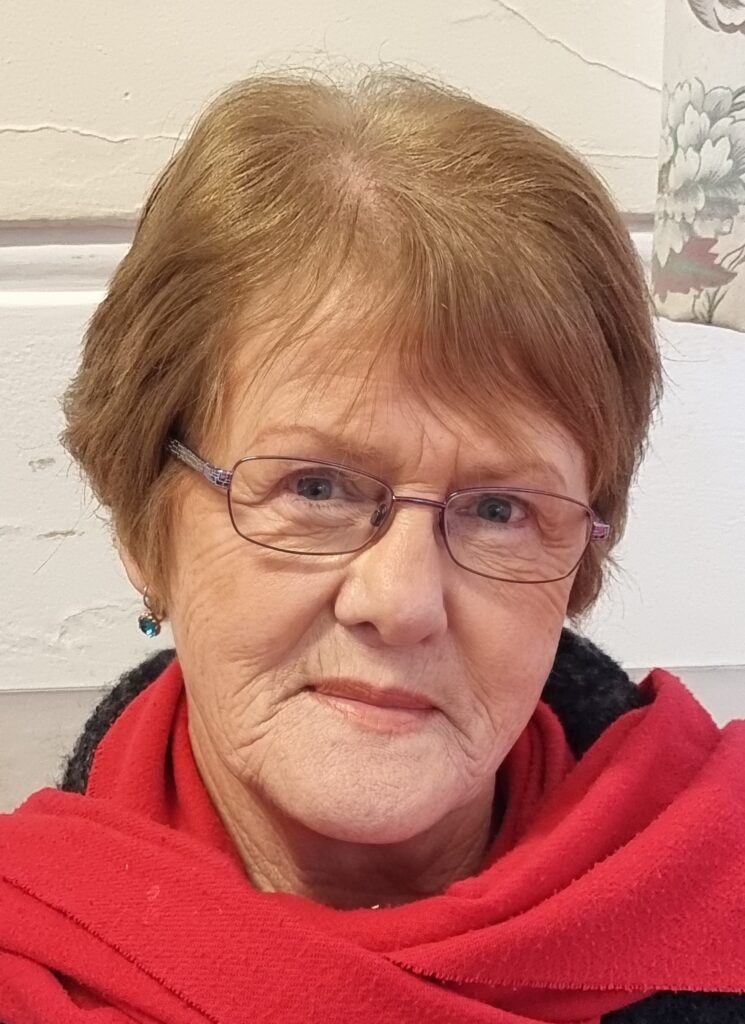Ellen’s Story
By Bridie McMahon

To be ignorant of what occurred before you is to remain always a child for what is the worth of human life unless it is woven into the life of our ancestors by the records of history. Cicero.
My name is Bridie. I have always had a curiosity and a strong passion for the social history of my place, famine times and what life was like in Ballinrobe Workhouse; what those unfortunate men, women and children endured. We are all touched in some small way by memories of true stories of the Workhouse.
I have felt connected to the Workhouse as my father’s aunt, Ellen McGrath from Cuilmore, Claremorris was appointed a Nurse in the Infirmary in 1896 on a salary of £25.00 per annum; she died there after contacting a disease. Ellen was married to Tommy Staunton Community Welfare Officer and they had no children.
These are the sounds I hear, the smells and the heartbreak when I think of Ballinrobe Workhouse.
Cold damp days with pangs of hunger.
Grey dreary looking walls surrounding an abyss of poverty.
Hungry human beings shedding tears of separation and shame.
Cold stench floors, dampness, clanging doors.
Chains, starvation, nothingness.
Crying, roaring, shouting, screeching.
Corpses huddled together.
Cartloads of skeletons all dumped in a mass grave.
Silence; the smell of death.
Inmates, paupers with no names only numbers serving their time for being poor.
A choice each family had to make when the famine struck.
Starved to death or chose to go to the workhouse or die on a coffin ship.
Now as I look upon that historic site I’m transported back in time to a hungry Ireland and the consequences of being poor.